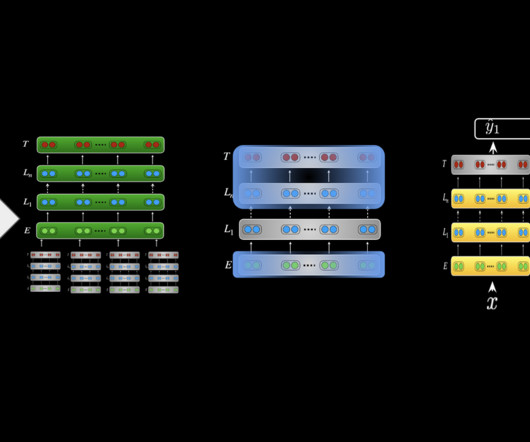All Languages Are NOT Created (Tokenized) Equal
Topbots
JUNE 15, 2023
Language Disparity in Natural Language Processing This digital divide in natural language processing (NLP) is an active area of research. 70% of research papers published in a computational linguistics conference only evaluated English.[ Association for Computational Linguistics.












Let's personalize your content